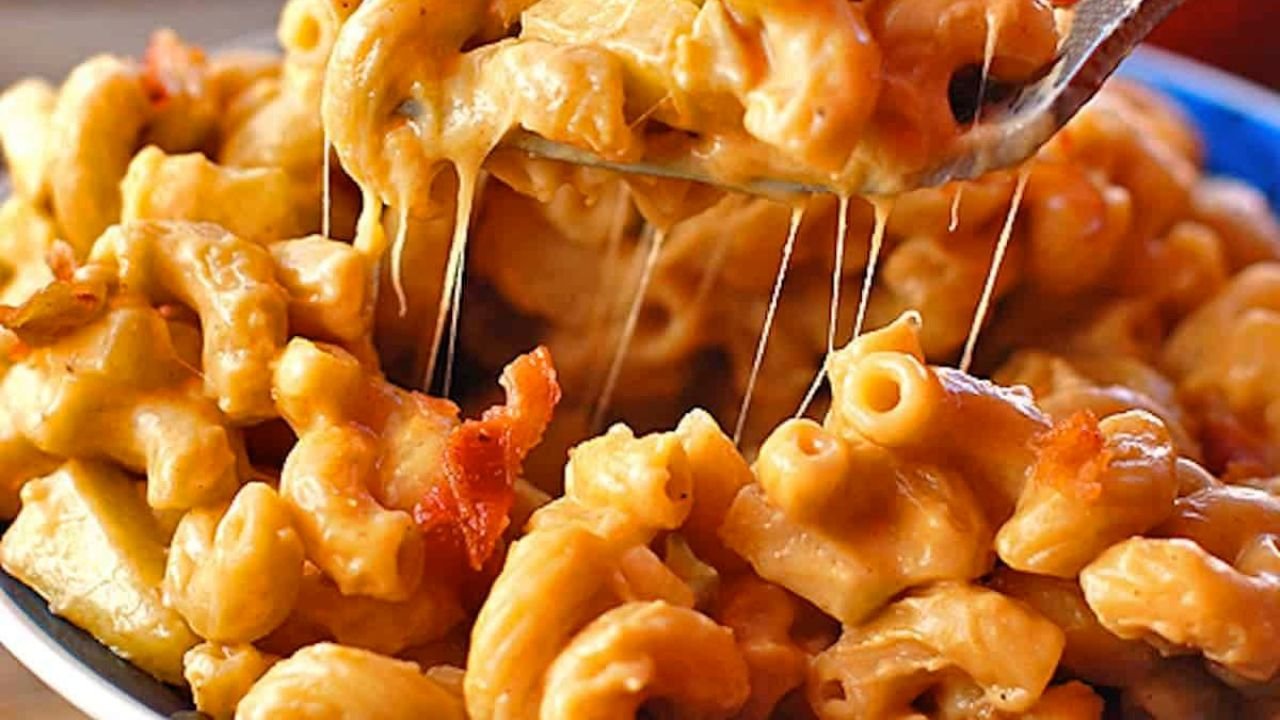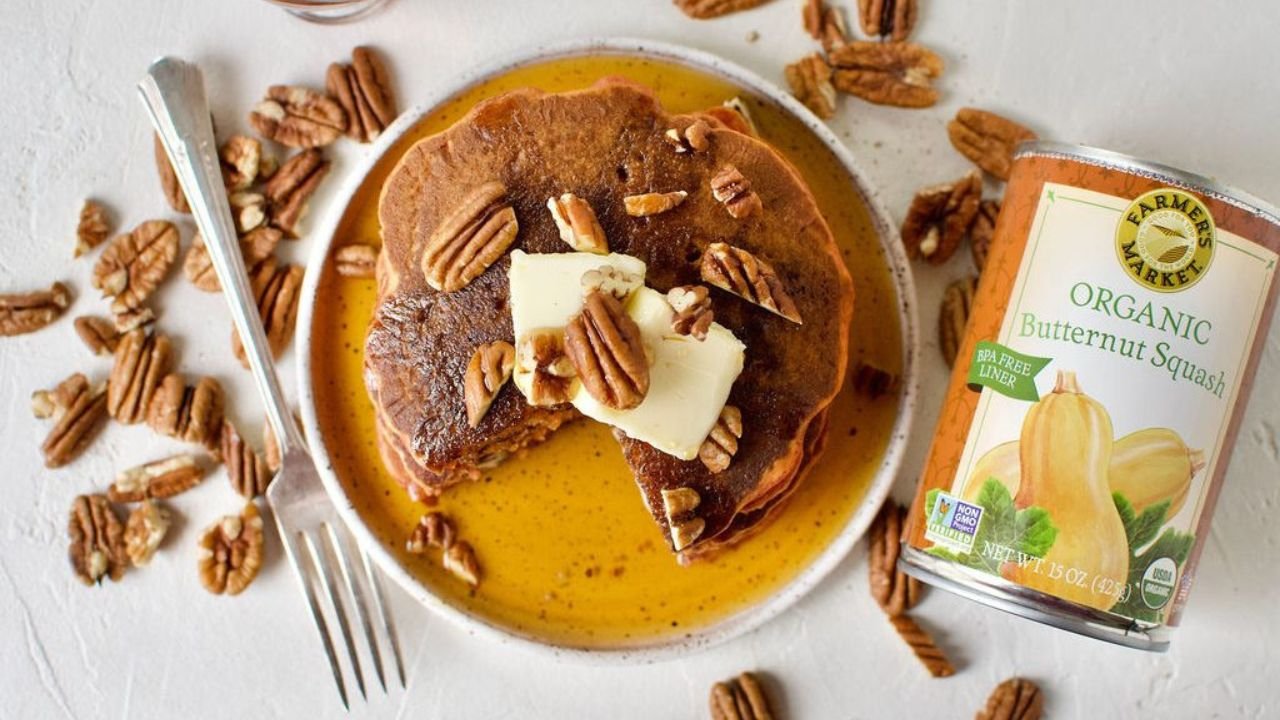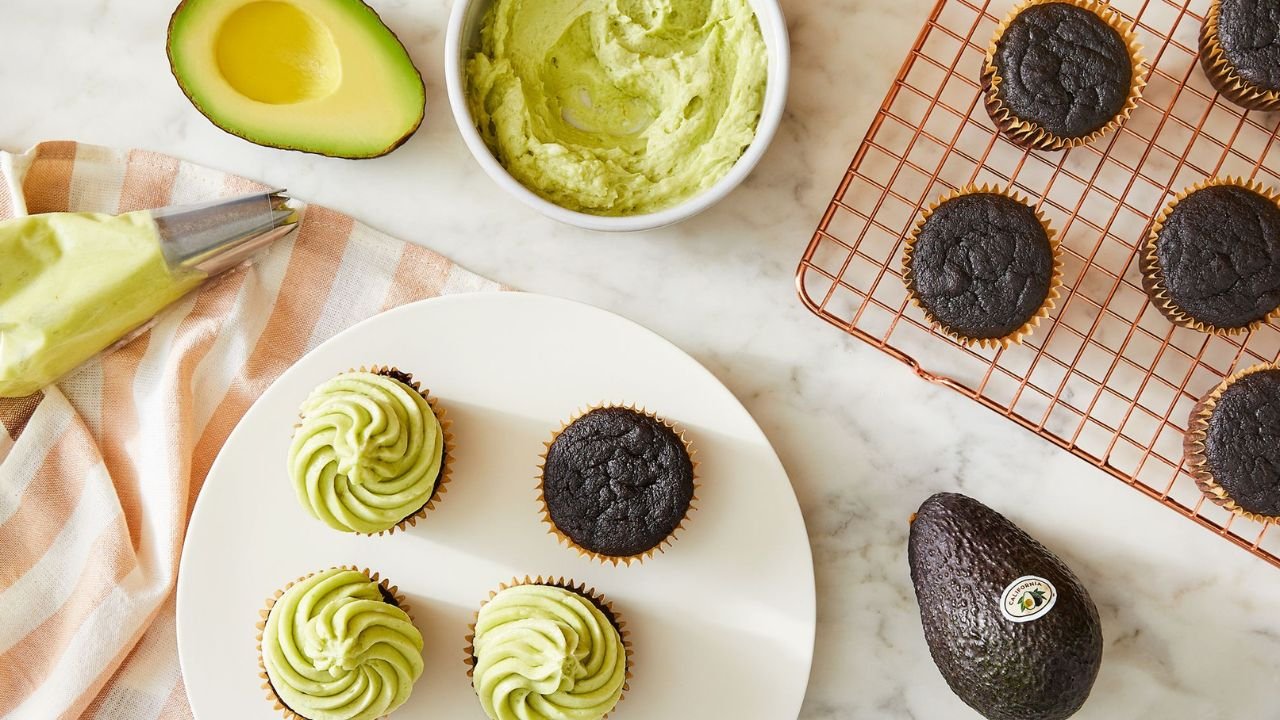Introduction
Mac and cheese is a quintessential comfort food beloved worldwide, celebrated for its creamy, cheesy goodness and nostalgic appeal. Traditionally made with pasta and a cheese sauce, this dish has seen countless variations, from baked casseroles to stovetop classics. Among the modern twists gaining popularity is Butternut Squash Mac and Cheese, a nourishing, flavorful, and vibrant adaptation that combines the rich sweetness of roasted butternut squash with the indulgence of cheesy pasta.
This comprehensive guide delves into every facet of this dish—from its origins and health benefits to detailed recipes, ingredient insights, culinary techniques, variations, cultural relevance, and serving ideas. Whether you’re a home cook seeking a cozy meal or a food enthusiast exploring innovative comfort food, this article aims to be your ultimate resource.
The Appeal of Butternut Squash in Savory Dishes
Nutritional and Culinary Benefits
Butternut squash is a winter squash prized for its sweet, nutty flavor and velvety texture. Rich in vitamins A and C, fiber, antioxidants, and potassium, it’s a superfood that enhances both the nutritional profile and flavor complexity of dishes.
Culinarily, butternut squash lends a creamy, subtly sweet flavor that pairs beautifully with savory ingredients. Its natural sweetness balances well with sharp cheeses, spices, and herbs, making it an ideal ingredient for comfort foods like mac and cheese.
Why Incorporate Butternut Squash?
- Adds Natural Creaminess: When blended, roasted butternut squash creates a smooth, luscious sauce.
- Increases Nutritional Value: Boosts vitamins, minerals, and fiber.
- Provides a Colorful Appeal: Its vibrant orange hue makes the dish visually appealing.
- Reduces Need for Excess Cheese: Contributes natural richness, allowing for a lighter cheese sauce.
Historical and Cultural Context
While traditional mac and cheese originated in Europe, particularly in Italy and France, the American version became a staple comfort food in the 20th century, especially with the rise of processed cheeses and canned sauces.
In recent decades, chefs and home cooks have embraced healthier, more flavorful, and innovative variations—adding vegetables, spices, and alternative ingredients. Butternut squash, with its versatility and health benefits, has become a popular addition in the quest for nutritious comfort foods.
This dish embodies the modern culinary trend of “vegetable-forward” comfort foods, where vegetables are incorporated seamlessly into rich, indulgent dishes to improve their nutritional profile without sacrificing flavor.
The Base Recipe: Classic Butternut Squash Mac and Cheese
Ingredients
- Pasta: Elbow macaroni, cavatappi, or shells are traditional, but penne, fusilli, or gluten-free options work well.
- Butternut Squash: Fresh, peeled, and cubed or pre-cooked puree.
- Cheese: Sharp cheddar, Gruyère, Parmesan, mozzarella, or a blend.
- Milk or Cream: Whole milk, heavy cream, or plant-based alternatives.
- Butter: For richness.
- Flour or Cornstarch: To thicken the sauce.
- Seasonings: Salt, pepper, nutmeg, garlic powder, mustard powder.
- Optional Add-ins: Cayenne pepper, smoked paprika, fresh herbs (thyme, sage), breadcrumbs.
Basic Preparation Steps
- Roast or cook the butternut squash until soft.
- Prepare a cheese sauce by melting butter, adding flour to create a roux, then gradually whisking in milk or cream.
- Puree the cooked squash and incorporate into the cheese sauce.
- Mix with cooked pasta, season, and bake or serve immediately.
In-Depth: Preparing Butternut Squash for Mac and Cheese
Selecting and Preparing the Squash
- Choosing: Look for a firm, heavy butternut squash with smooth skin. Smaller squashes tend to be more tender and flavorful.
- Peeling and Cubing: Use a sharp peeler or knife to remove the skin. Cut into uniform cubes for even cooking.
- Cooking Methods:
- Roasting: Toss cubes with olive oil, salt, and optional spices, roast at 400°F (200°C) until tender, about 25-30 minutes.
- Boiling or Steaming: Cook cubes in boiling water or steam until soft, then drain.
- Microwaving: Poke holes and microwave for 8-10 minutes, then mash or blend.
Making the Puree
- Use an immersion blender, food processor, or blender to create a smooth, velvety puree.
- For extra flavor, roast garlic or herbs alongside the squash before blending.
- Adjust consistency with a splash of broth or milk if needed.
Cheese Selection and Flavor Pairings
Choosing the right cheeses is crucial for depth and balance:
- Sharp Cheddar: Classic, tangy flavor.
- Gruyère: Nutty, melts smoothly.
- Parmesan: Adds umami and saltiness.
- Mozzarella: For stretchiness and mild flavor.
- Cream Cheese or Mascarpone: For extra creaminess.
- Vegan Cheese: For dairy-free adaptations.
Blending cheeses can create complex flavors—e.g., sharp cheddar with Gruyère and Parmesan for a sophisticated taste.
Enhancing Flavor
- Mustard Powder: Adds tang and depth.
- Nutmeg: A pinch enhances the sweetness of the squash.
- Smoked Paprika: For smoky undertones.
- Fresh Herbs: Thyme, sage, or parsley brighten the dish.
The Sauce: Technique and Tips
Creating a Smooth, Creamy Sauce
- Make a Roux: Melt butter, whisk in flour, cook briefly.
- Add Liquids Gradually: Slowly whisk in milk or cream to prevent lumps.
- Incorporate Squash Puree: Stir in the roasted or cooked squash.
- Melt the Cheese: Remove from heat and add grated cheese, stirring until melted and smooth.
- Season: Adjust salt, pepper, and spices to taste.
Troubleshooting
- Lumps: Whisk constantly when adding liquids.
- Thin Sauce: Add more cheese or cook longer to thicken.
- Grainy Texture: Use freshly grated cheese, avoid pre-shredded cheese with anti-caking agents.
Baking vs. Stovetop Serving
- Stovetop: Combine cooked pasta and sauce; serve immediately for a creamy, saucy dish.
- Baked: Transfer to a baking dish, top with breadcrumbs or cheese, and bake at 375°F (190°C) for 20-25 minutes until bubbling and golden.
Baking allows flavors to meld and creates a crispy topping, adding texture contrast.
Variations and Creative Twists
1. Vegan Butternut Squash Mac and Cheese
- Use plant-based cheeses, coconut milk, or cashew cream.
- Incorporate nutritional yeast for cheesy flavor.
- Use vegan butter or olive oil.
2. Spicy Version
- Add cayenne pepper, hot sauce, or chopped jalapeños.
- Use smoked paprika for smoky heat.
3. Herb-Infused
- Incorporate fresh herbs like thyme, sage, or rosemary.
- Garnish with chopped parsley or basil.
4. Additional Vegetables
- Spinach, kale, roasted carrots, or mushrooms can be folded in for added nutrition and flavor.
5. Gluten-Free Options
- Use gluten-free pasta.
- Thicken the sauce with cornstarch or tapioca starch.
6. Cheese Variations
- Incorporate blue cheese, feta, or goat cheese for unique flavor profiles.
7. Baked Casserole with Breadcrumb Topping
- Combine pasta and sauce, transfer to a baking dish.
- Top with seasoned breadcrumbs, Parmesan, and drizzle of olive oil.
- Bake until crispy and golden.
Serving Suggestions
- Garnishes: Fresh herbs, cracked black pepper, a drizzle of olive oil.
- Sides: Fresh salad, roasted vegetables, garlic bread.
- Pairings: Light white wines like Sauvignon Blanc or Chardonnay, or craft beers.
Nutritional Benefits and Considerations
Nutritional Highlights
- Vitamins: High in vitamin A (beta-carotene), vitamin C.
- Fiber: Promotes digestive health.
- Antioxidants: Carotenoids in squash help combat oxidative stress.
- Protein: Cheese and pasta contribute protein content.
Health Benefits
- Supports immune health.
- Promotes eye health due to vitamin A.
- Provides sustained energy from complex carbs.
Dietary Adjustments
- Reduce cheese or use lower-fat options.
- Increase vegetable content.
- Use whole grain or legume-based pasta for added fiber and protein.
Cultural Significance and Modern Trends
Comfort Food Reinvented
Butternut squash mac and cheese exemplifies the modern culinary movement of “upgrading” comfort foods with nutritious ingredients and innovative techniques.
Plant-Based and Healthy Eating Trends
This dish aligns with plant-based diets, gluten-free eating, and clean eating initiatives, making it popular in health-conscious communities.
Fusion and Global Flavors
Incorporating spices like curry powder, turmeric, or harissa can give this dish an international flair.
Tips for the Perfect Butternut Squash Mac and Cheese
- Roast or cook the squash until very tender for maximum creaminess.
- Use freshly grated cheese for smooth melting.
- Balance flavors with seasonings—don’t be shy with herbs and spices.
- Taste and adjust seasoning before baking.
- Let baked dish rest for 5 minutes before serving to allow flavors to settle.
Conclusion
Butternut Squash Mac and Cheese is a versatile, nourishing, and deeply comforting dish that beautifully combines the natural sweetness and creaminess of roasted butternut squash with the cheesy richness of traditional mac and cheese. Its adaptability makes it suitable for various dietary preferences, from vegetarian to vegan and gluten-free.
By mastering the preparation techniques, exploring creative variations, and understanding ingredient interactions, home cooks and chefs alike can craft a version tailored to their taste and nutritional goals. Whether served family-style, at a dinner party, or as a cozy solo meal, this dish promises warmth, flavor, and a nutritional boost.




